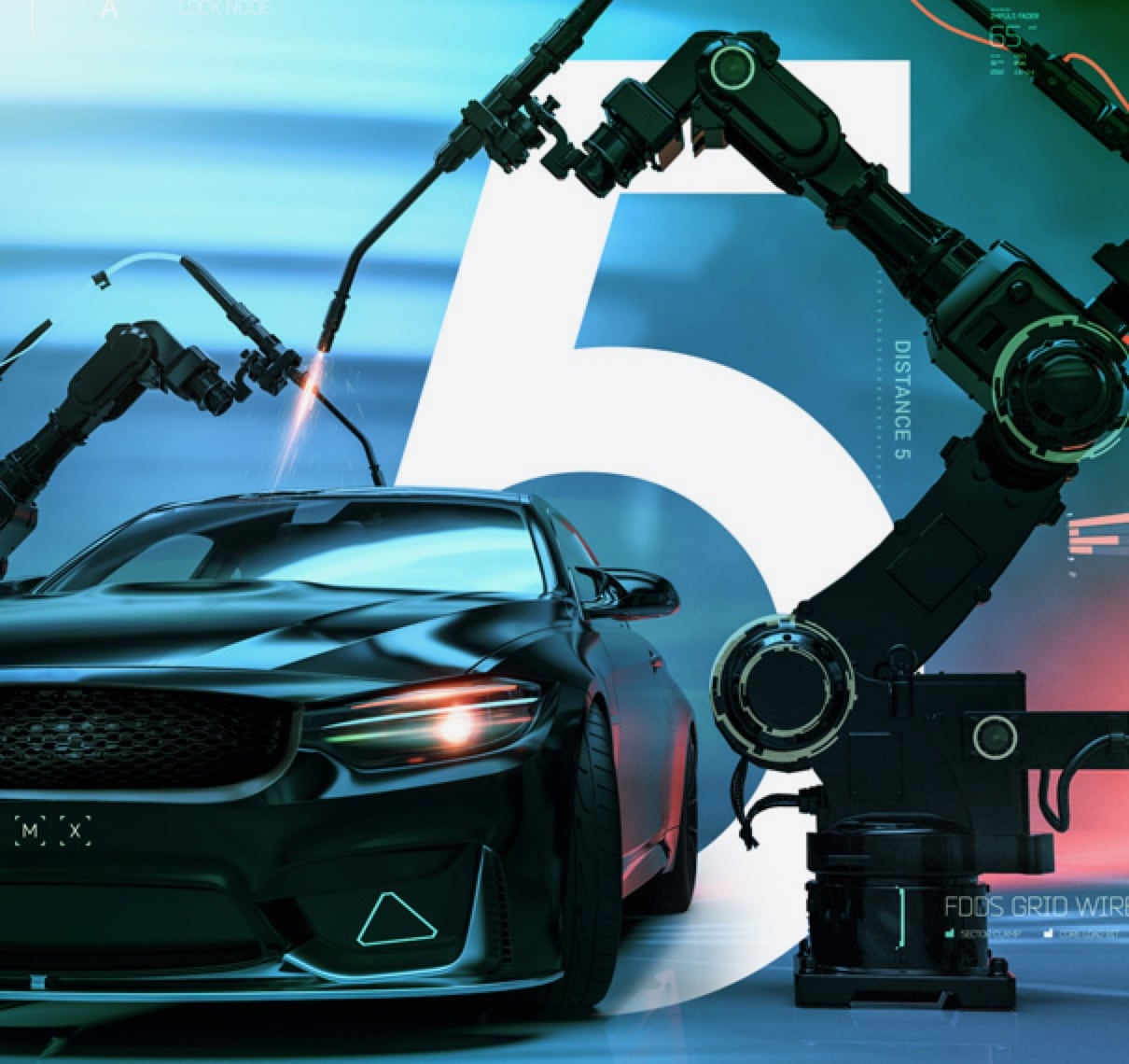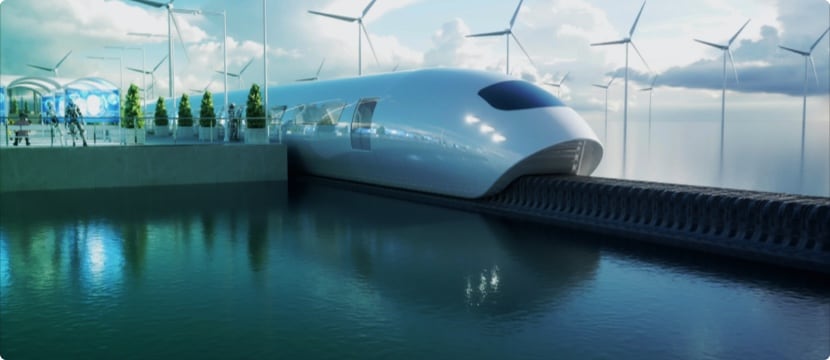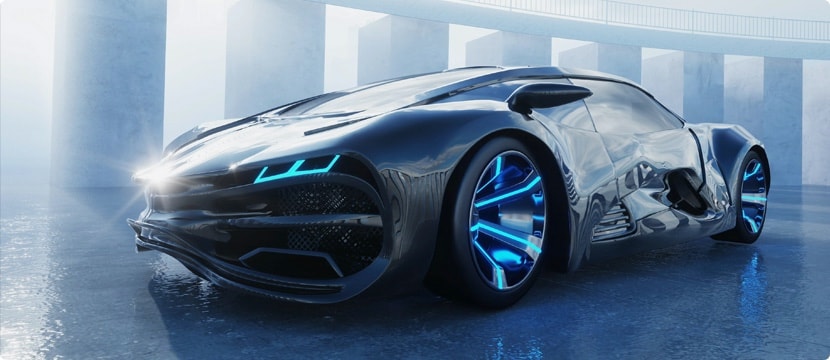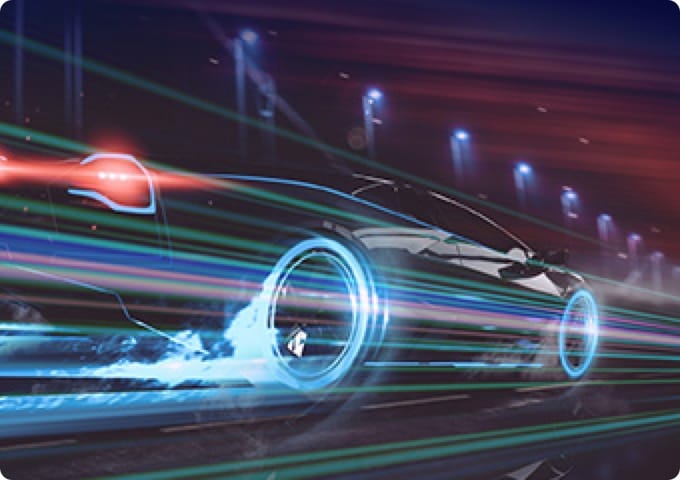January 2021

Summary
The femur of the Indian automobile industry was broken due to the pandemic. It will take every stakeholder, right from the customer to the policymaker to put it back in place. Not an easy task, but when shouldered by many, the weight gets significantly reduced. 2021 in my opinion, will be the year when a few brave automakers will take this step of transitioning into digital networks, setting the path for others to follow. The five predictions in my article, will not work in isolation. They are totally intertwined. Their coexistence is crucial towards the co-creation of a more sustainable and inclusive mobility system in India.
Well, we are finally in 2021 and “prediction” may not be the best of words to use in these times in the title of any article. Imagine if we were to revisit all the predictions for 2020 done in December 2019!!
So, let’s call them “trends” instead of predictions.
The Indian automobile industry, by its very size and impact, is one of the economy’s key pillars when it comes to progress, growth, and sustainability. Consider a few numbers — it constitutes 7% of national GDP, 49% of manufacturing GDP, 8% of exports, 15% of GST revenue, and 8% of R&D spending. The industry is a benchmark when it comes to employment, skills, investments, and development of a unique eco-system that includes indirect employment, townships, education, social development, and inclusiveness. The Auto Mission Plan of 2030 has a target of direct and indirect employment of 100 million people. That is surely no mean goal, even if the industry takes another ten years to achieve the same given disruptions like the COVID-19 crisis.
Mobility is a universal barometer of economic progress in any country. The higher the level of mobility, the quicker the economic development. It is a simple equation. Allow people and goods to move across the country reliably, quickly, safely, and economically, and you will see education, skills, health, food, enterprise, and employment all grow in tandem, almost uninterrupted. Access to multi-modal transport solutions on road, water, rail, and air is critical as well as penetration of each mode of mobility per 1000 people.
India is currently the 5th largest automobile market in the world. We are first in two-wheelers, second in buses, third in heavy trucks and, fourth in passenger four-wheelers. Impressive? Not really, given that we are 1.37 billion strong. So, it works out to just 126 two-wheelers per 1000 people, 23 four-wheelers, and a measly 1.3 buses!

Hence this industry has immense potential to grow much more on all fronts. Therefore, if it gets impacted by an unplanned disruption like the current pandemic, it actually sends shockwaves across all sectors and segments of the economy. For the industry to get back on its feet is crucial for India to recover and move forward. And the industry can do that only if the overall consumer sentiment is positive, enabling millions to experience both public and private transport.
The last two financial years have not been good for the industry as the consumer sentiment has taken a downturn since mid-2018 for a mix of factors. From September that year, the numbers started sliding right through 2019. As the industry was limping along, came the pandemic in February 2020 [to India, that is] and broke the femur bone!
As of now, the market has shrunk by around 20% over 2019, which was a bad year. The just-concluded festive season has thrown up some positive numbers for a few automakers. However, with critical segments like two-wheelers, heavy trucks, buses, and three-wheelers still depressed, recovery in the true sense [to 2018 levels] will take another 12 months, as I foresee.
The last nine months of the pandemic have made the Indian automobile industry both introspect hard as well as try out new processes and methods which might not have happened if the femur were not broken. Going by human nature, when you limp, you just carry on in the hope that the limp is temporary, and you shall walk and jog again. When the femur is gone, you just cannot move; therefore, you have to think hard about how best to heal and get up.
The industry is adopting more automation and robotics on the shop floor. Supply chain protocols are being re-written for design, production, and pipeline management. Design and prototyping are adopting digital, remote management, and 3D printing. Electric mobility is in the limelight. Downstream processes like vehicle delivery and servicing are relooking at traditional processes. The consumer is also behaving in a new manner in terms of digital research and engagement. There are many interesting trends to observe, some completely new and others, modifications of older habits.
I choose 5 out of the many as the key trends for the Indian automobile industry.
By industry, I imply both the upstream and downstream operations.
Loved what you read?
Get 15 practical thought leadership articles on AI and Automation delivered to your inbox


Loved what you read?
Get 15 practical thought leadership articles on AI and Automation delivered to your inbox

None of these five key trends, in my opinion, work in isolation. They are totally intertwined. Their coexistence is crucial towards the co-creation of a more sustainable and inclusive mobility system in India. Even after 70+ years of independence, mobility is exclusive, expensive, and not accessible to all. Policymakers still consider a two-wheeler, leave alone a car, as a luxury product, and it attracts the highest GST rate.
The renowned anthropologist Margaret Mead had once commented that the first sign of civilization in a culture was a healed femur bone. If you break the femur in the animal kingdom, you are left to die as there is no one to help you repair and recover. A broken femur that has healed is evidence that others stayed with the affected person, bound up the wound, put the bone in a splint, carried the person to safety, and then helped recover. “Helping someone else through difficulty is where civilization starts,” Mead said.
The femur of the Indian automobile industry was broken due to the pandemic. It will take every stakeholder, right from the customer to the policymaker to put it back in place. Not an easy task, but when shouldered by many, the weight gets significantly reduced.






